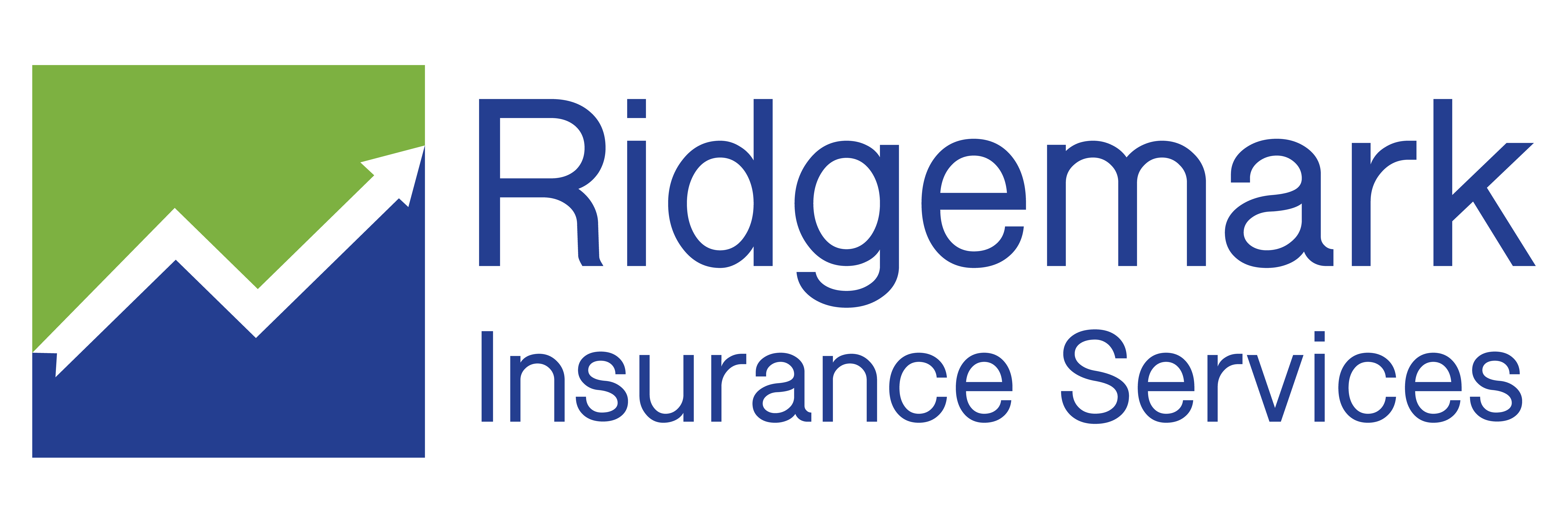The governing committee of California’s workers’ compensation rate-making agency on Apr. 16 voted to recommend that the benchmark rate for policies incepting on or after Sept. 1, 2025, should increase an average of 11.2% across all class codes.
The news was a surprise considering that workers’ comp rates have been flat during the last few years and on a downward trend for more than a decade. The Workers’ Compensation Insurance Rating Bureau will now forward the recommendation to the Department of Insurance, which has rejected its rate hike requests five years in a row. For example, last year’s 0.9% rate hike request was rejected in favor of a 2.1% reduction.
The rate hike request is largely the result of several factors, according to the Rating Bureau:
Rapidly rising medical costs. The average medical costs per claim rose 12% in 2024 from the year prior. These costs also affect prior year claims if treatment carries over into multiple years.
Among other factors, medical cost inflation has been driven by:
- Health care wage inflation,
- A health care industry labor crunch,
- Rapidly rising costs of medicines and medical equipment, and
- Higher demand for medical services after the COVID-19 pandemic, when many patients sought to postpone certain procedures.
Increasing claims frequency. After a decade of falling claims frequency — the percentage of claims per number of workers — frequency has risen every year since 2021, when it jumped 10%. Last year, it grew 1.7%. According to a presentation at the governing committee meeting, one of the main factors driving frequency was cumulative trauma claims, which accounted for 20% of all claims that had an indemnity component or pay for lost time.
Claims adjusting costs. The cost of handling workers’ comp claims has also been increasing rapidly over the past few years, driven by increasing claims complexity and wage inflation for adjusters. The average claims adjustment expense increased 9.7% for claims 12 months old or less in 2024, compared to 7.4% in 2023 and 9.2% in 2022. All those costs have been cumulative.
The rate request is for the “pure premium” rate, a base rate that only accounts for the cost of claims and claims-adjusting expenses. It does not account for other overhead and insurer profit.
The pure premium rate varies from class code to class code, and it’s not mandatory for insurers to follow it. Instead, they use the pure premium as a guidepost for pricing their own policies.
Also, the pure premium is an average across all class codes. Individual employer premiums will vary depending on their industry, claims experience, X-Mod (if they have it) and location.

